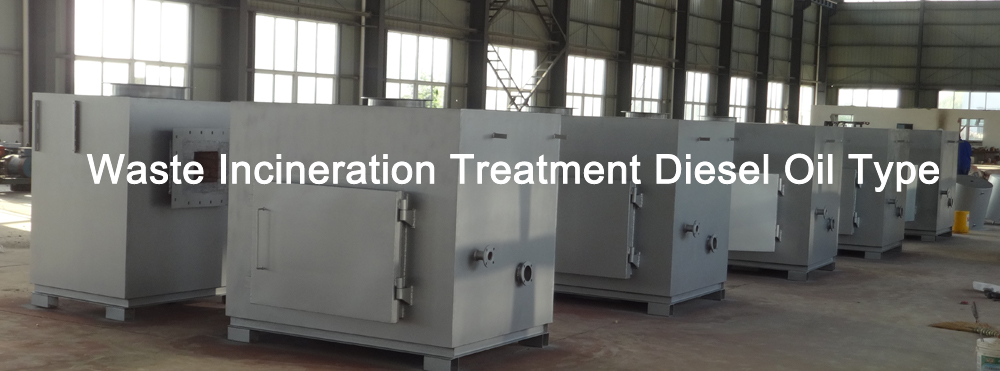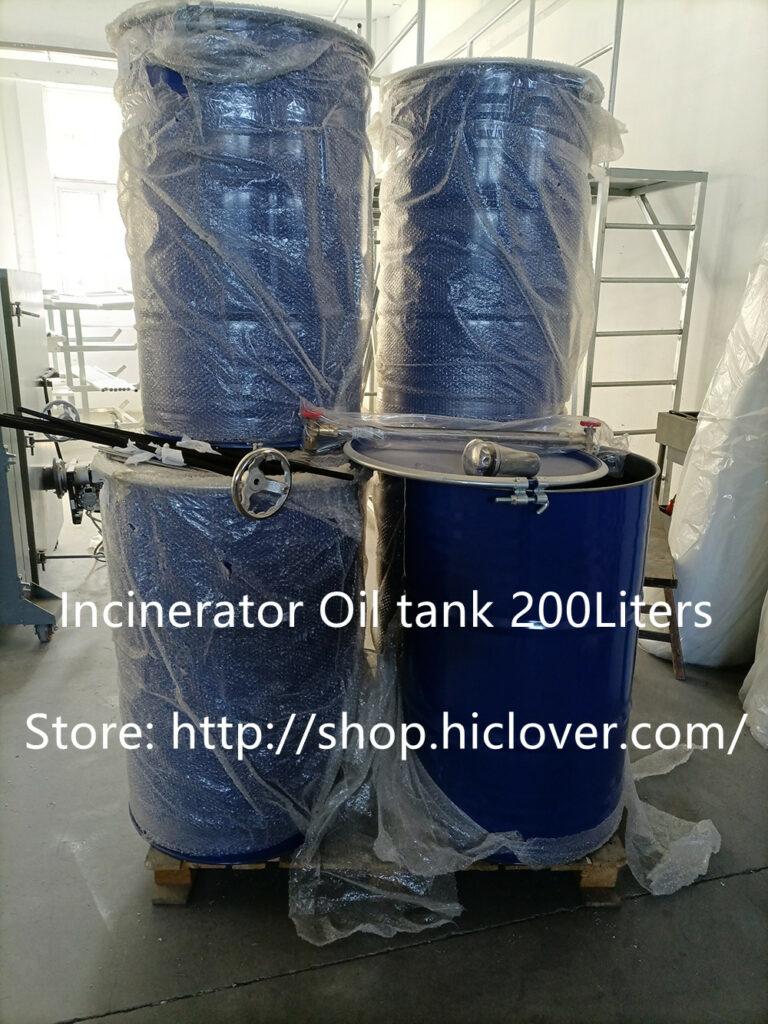The hospital incinerator is a crucial part of the facility’s waste management system. While most people don’t give much thought to it, it plays a vital role in ensuring the safe and efficient disposal of medical waste. In this article, we’ll take a behind-the-scenes look at the hospital incinerator and the important work it does.
The hospital incinerator is a specialized furnace designed to burn medical waste at high temperatures. This process not only reduces the volume of waste but also destroys any harmful pathogens and contaminants that may be present. Medical waste includes items such as used needles, bandages, and surgical instruments, all of which must be disposed of in a safe and responsible manner.
Before waste is fed into the incinerator, it is sorted and segregated to ensure that only items suitable for incineration are processed. This includes removing any recyclable materials and hazardous chemicals, as these cannot be safely incinerated. Once the waste has been sorted, it is loaded into the incinerator and subjected to intense heat, typically reaching temperatures of over 1,000 degrees Celsius. This extreme heat effectively destroys any bacteria, viruses, and other microorganisms present in the waste, rendering it safe for disposal.
The incineration process also reduces the volume of waste, as the intense heat causes the materials to break down and combust, leaving behind only a small amount of ash. This greatly reduces the amount of waste that needs to be transported and disposed of in landfills, making it a more environmentally-friendly option.
While the incineration process is highly effective, it does produce emissions and ash that must be carefully managed. Modern hospital incinerators are equipped with advanced pollution control systems to minimize the release of harmful gases and particulates into the atmosphere. These systems include filters and scrubbers that capture and neutralize pollutants before they are released into the air.
Additionally, the ash that is left behind after incineration must be carefully disposed of. In some cases, it may be treated as hazardous waste and require specialized handling and disposal to prevent any environmental contamination.
Overall, the hospital incinerator is an essential component of a hospital’s waste management system. It plays a critical role in ensuring that medical waste is safely and effectively disposed of, protecting both the environment and public health. By providing a behind-the-scenes look at the incineration process, we hope to raise awareness of the important work being done to manage medical waste responsibly.



